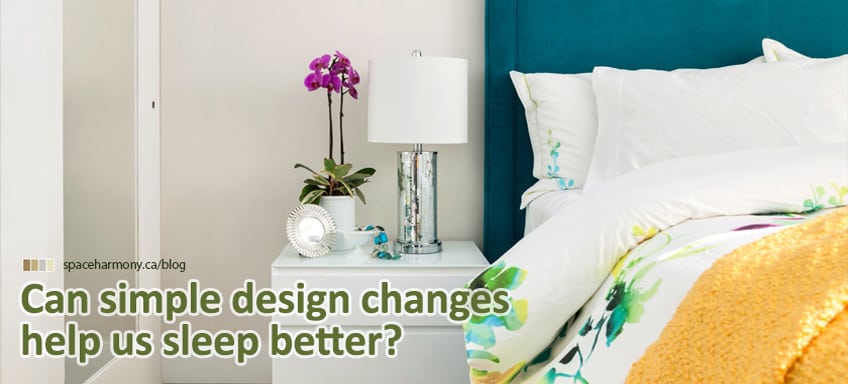Can Interior Design Changes Really Help Us Sleep Better?
Interior design tailors your living space to your tastes but its purpose goes beyond aesthetics. When used properly, design enhances and supports the purpose of a room. There’s nowhere else that that is more important than in the bedroom. It’s here in this most private of spaces that design can help you with one of life’s most basic biological functions—sleep. Finding the right combination of design elements is a personal journey, but we’ve got a few tips to help you along the way.
1. Use Nature Liberally
The ocean, forests, even the desert act as natural stress relievers. There’s evidence that a 90-minute walk in a natural environment can reduce activity in the area of the brain where depression begins. The same walk can also reduce rumination, the act of negatively thinking about one’s self. Along those same lines, a mere 40-second view of a green rooftop scene is enough to restore the brain’s ability to focus in an office environment.
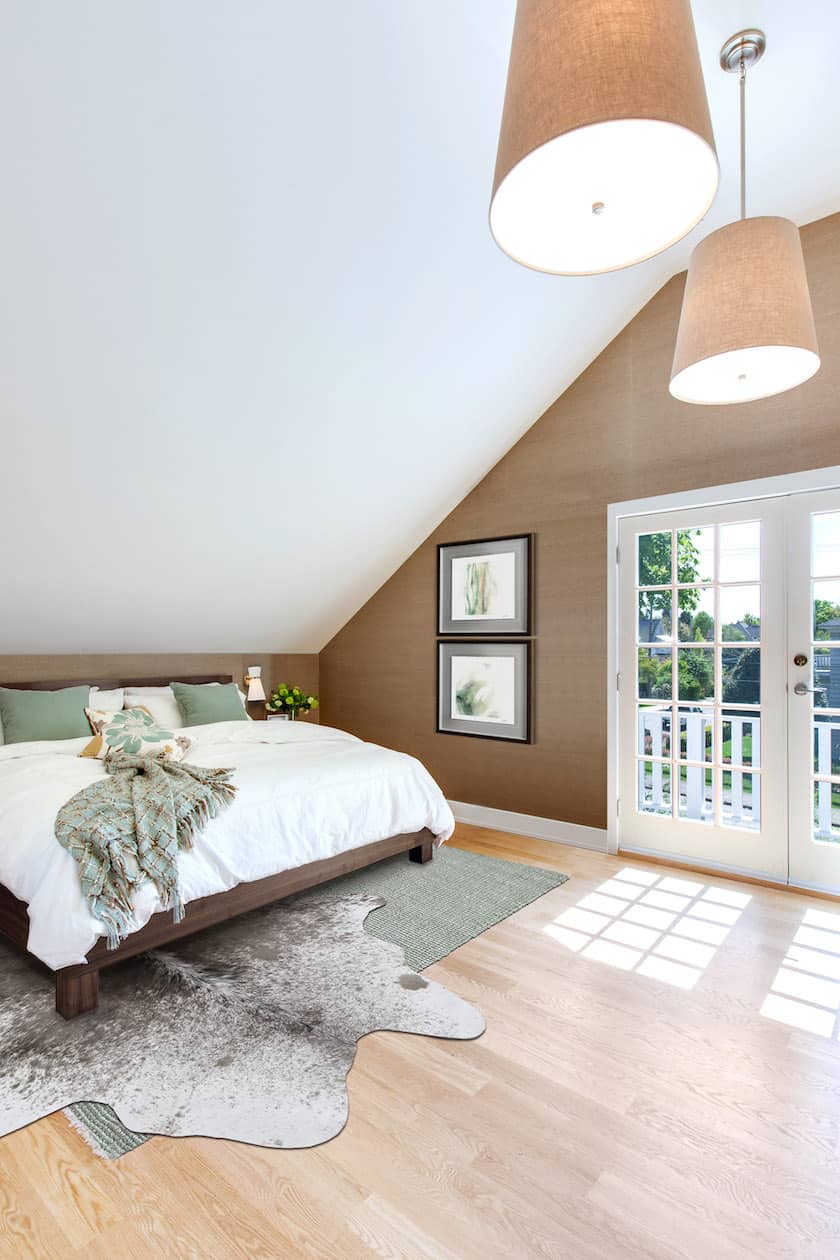
While you don’t need to focus to fall asleep, a restoration and relaxation of your mind works to help relief stress. Natural design elements in the bedroom can have the same impact both physically and mentally. Photos or paintings of natural scenes; wall and accent colors in natural hues of brown, green, and blue; and natural materials like wood, brick, and stone can calm your mind as much as the real thing.
2. Freshen the Air
Similar to using natural design elements is freshening the bedroom air quality by bringing in a houseplant or two. Clean, fresh air deepens the quality of your sleep so you feel more rejuvenated in the morning.
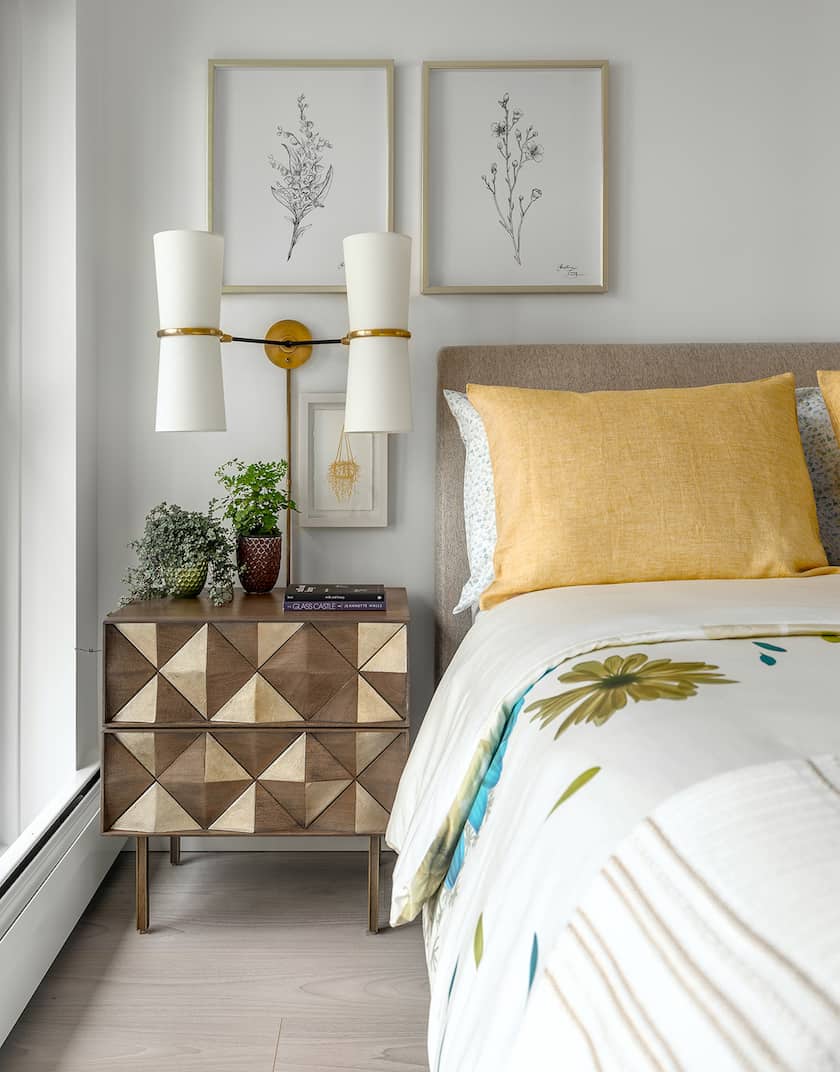
NASA conducted an experiment to find houseplants that clean indoor air of biotoxins like formaldehyde and benzene, common chemicals found in many household products. The results were a list of plants that you, too, can use to brighten your bedroom, inviting nature in while cleaning the air for better, deeper sleep:
- English ivy
- Peace lily
- Snake plant
- Spider plant
- Boston Fern
3. Comfort Over Fashion
No matter what the latest bedroom trends may be, if they’re uncomfortable, skip them. Your body needs complete relaxation to completely rest. Nowhere do you need to be more comfortable than in your own bed. A mattress should support your body weight and favorite sleep position without cutting off circulation, causing pinches or aches, or waking you during the night.
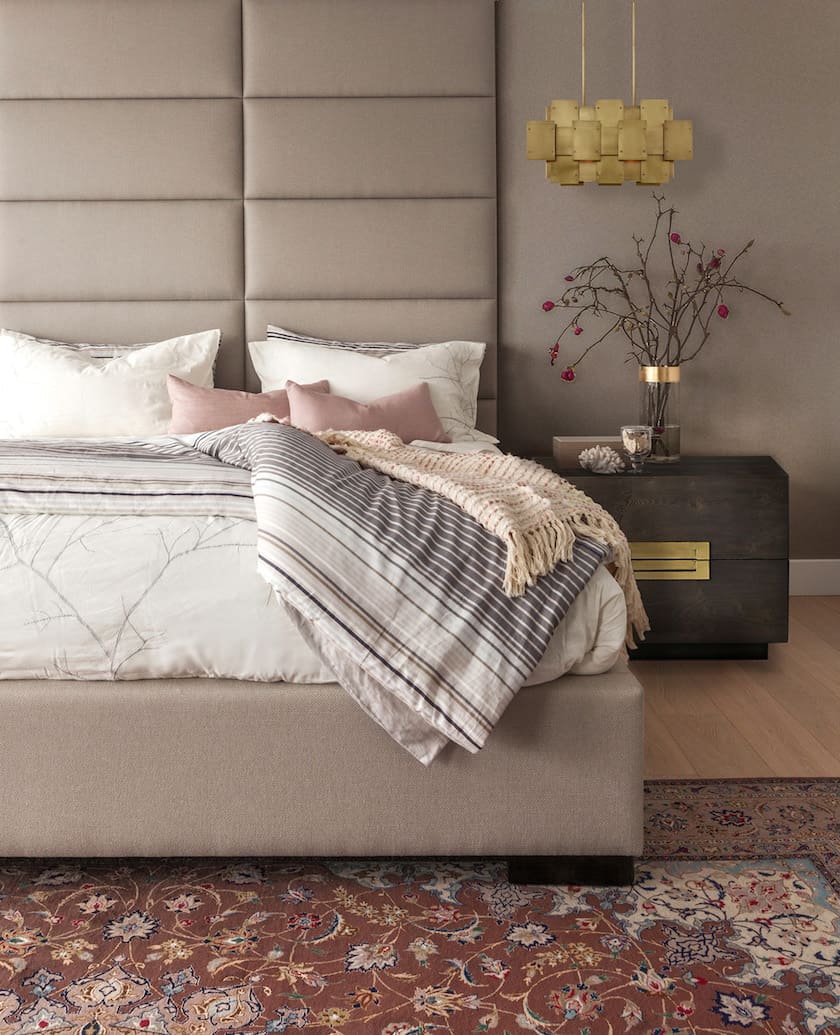
Stomach sleepers typically need more support to keep the small of their back from bowing while side sleepers are more comfortable with a mattress that conforms to their shape. And, back sleepers usually fall somewhere in the middle.
4. Design Your Storage and Declutter
There’s some truth to the old saying, “out of sight, out of mind.” Clutter, everything from shoes and dirty clothes to the treadmill that’s doubling as a storage rack, can increase stress. Unfortunately, more stress usually means less sleep.
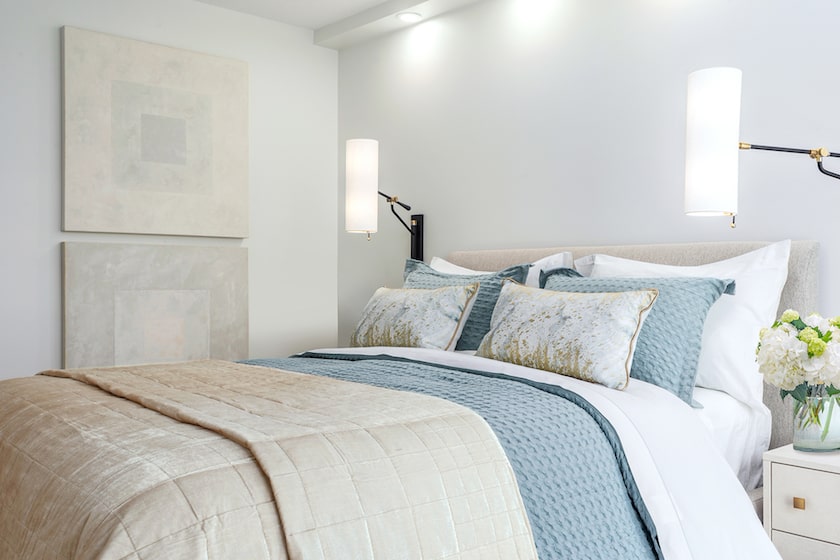
Today’s storage solutions go well beyond clear plastic bins. Baskets, shelves, and closet organizers can be found in every finish and customized to your bedroom. They act as accent pieces and design elements rather than eyesores. And, remember, when everything has its place, your mind can rest at ease.
Conclusion
You don’t need to turn your bedroom upside down to make it a sleep sanctuary. Start small with a houseplant then try organizing your shoes and closet. Every time you make a design decision, think about how it will affect your sleep. Over time, you’ll get rid of the items that could get in the way until you’ve created an oasis where stress disappears.
